Saffron in Khorasan
Early in the morning before the sun rises, it’s the best time to start, the plant grows all night and now its clay flowers are dying and red, and it’s time to harvest saffron in spring weather in Khorasan.
They say that the name of the name was Zarpran; the flower of flaky flowers reduces the complications of depression, cultivated in Khorasan three thousand years ago, and in addition to its business prosperity, drug use, coloring, and the production of calligraphy ink.
Its cultivation is only justified in certain geographic latitudes, which is why its centers of production are so much help. Saffron is said to be native to Iran. 93 percent of the world’s saffron is produced in Iran. The remaining seven percent are Spain, India, Singapore, Malaysia, Japan, Taiwan, China, France, Italy, Germany, Australia and Greece.
Saffron is almost dried, its honeys are dug and diced underneath the soil. For seven to 10 years thereafter, only three irrigation per year takes place each year and in the flower season, which lasts for a month from mid-November to mid-December, it supplies fresh flowers every morning. The amount of saffron that is harvested every year is different. Usually in the first year, only one two kilos of dry saffron is obtained from each hectare of zucchini, in the second year it reaches four to six kilos; from the third year onwards, more than 10 hectares of saffron Dried up. Sample farmers have even harvested more than 30 kilos of saffron per hectare; considering that the price per kilogram of dry saffron in the harvesting season can reach more than five million tomans, saffron cultivation has a good economic gain.
Saffron cultivation is more family-oriented. Farmers in Khorasan area most of their harvest time in Saffron harvest their time, clearing the flower, on the ground, harvesting flowers before sunrise when the petals are still closed and separating them from the plant’s needle leaves is easier, and all Continues throughout the day. However, those with larger lands have to use seasonal workers to ensure that all plant flowers are planted per day. Here, workers pay money instead of daily wages based on the amount of drops they have collected.
Ahmad is one of those who comes to Khaf this time of year. He says, “I am studying college high school, I’ll have to take an exam next year, but I do not know whether to give an exam or not.” Here they make money by working more than studying. Here, on the ground, every kilo of flower that is five thousand tomans, from morning till night, is 40, 50 thousand tomans. No one else is learning! “
Although saffron is planted to a large extent in rainfed terms, it does not forget the toxicity and fertility. Ahmed says: “There is no land that does not fertilize its flowers. So flowers that are organic are not found at all, but these poisons and fertilizers do not hurt the plant. We have not seen ourselves, for example, that the flowers that have been fertilized have changed color and smell. ”
These days, women are working less on the ground. Mr. Khafi says: “You can not hold the flowers thoroughly. The longer it stays, the harder it gets cleaned up, so even if we get to the worker’s ground, let women stay in the house and clear the flowers. “
Mr. Kermani, who is currently cleaning his saffron in his house at Bajnagh, says: “Saffron is sweet, its sale is good, now that we have a small land, we will only use ourselves and one or two relatives and friends, But those who have a big land have a good income; of course, they have their own hardships, but there is nothing hard to do. We clean and dry our saffron, we sell it after harvest. I am working in the Khafh line in Tehran, Khaf and Mashhad, and I will take orders for them, and I will take them saffron. Your imagination is the same that there is no fault in it. ”
From the difficulty of harvesting flowers, one thing is that the bush of saffron has needle leaves that disturbs the hand. Otherwise, all steps of harvesting saffron should be done with hand. Mr. Sarkhosh, who has obtained a bachelor’s degree in agriculture from the University of Tehran and has several scientific publications in the field of agriculture, says: “Many tried to mechanize harvesting or eradication of saffron, but still a machine that can really do it for farmers. The help is not made or has not reached the stage of industrial production. Now, most of the work done by the machine is drying the saffron, which is done with a device similar to that of the fruit juice, and another is a device for removing the bulb onion from the soil. Although saffron bulbs remain on the soil for a long time and flowering, after the flowering period has ended, it must be removed from the soil to prevent the poisoning of the land; a machine similar to the potato harvesting machine was made to remove the onions from the soil. The remaining steps are still carried out with the hand and will increase the price of saffron. “
Saffron farmers may be relatively better off than other farmers, but there are still intermediaries in their work, and in the harvest season, the price of fresh flowers and saffron, which is abundant, is less than the other seasons of the year. They say that until the few years ago, farmers were in the sky, merchants in the harvest season, bought saffron cheaply, and then sold themselves more expensive to time. Still, in the markets of cities that are closer to the saffron production centers, it is satiated at the time of harvesting saffron. Many who have smaller land and do not have much capital, their dry and clean saffron may be 10, 15 percent cheaper than city prices; of course, they do not.
“In one of the bigger villages who did not have a child, he devoted all his money, he made a box that, in the harvest season, all the people of the village went to sell their saffron to the fund and took it out, and when the price of saffron rose again, They sold saffron and put their money in the box for the next year. It’s been doing years for farmers to lose less. Those who save and have money, they keep saffron themselves, after the harvest season they sell, that they will not be harmed. ”
Saffron, like many commodities and products, is one of the capital not planned to maximize its production profits. Fighting over the years, despite the fact that more than 90 percent of the world’s saffron is produced, Iran has not yet succeeded enough in foreign trade in saffron. Mr. Sarkhosh says: “We still have after all these years exporting saffron without packaging to take advantage of others. Most of the saffron sold by the Spanish business name in the world is actually saffron in Iran; however, everyone in the world knows saffron in the name of Spain, and our businessmen are more likely to send saffron bulk to Spain to ask themselves for their international sales planning And invest. “
Climate change and global warming have made the best cultivation areas of saffron, which in recent decades have been in Cayenat and the southern regions of Khorasan, now reach the more northerly terrain and areas such as Torbat Heydarieh. This situation threatens the entire cultivation of saffron in the country, but it seems that its risk has not yet been sufficiently felt. Currently, the wheels of the saffron trade are turning and they are happy with their hands.
ISNA – Fatima Karimkhan
source: isna /ir
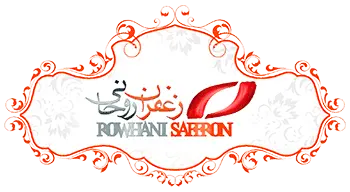

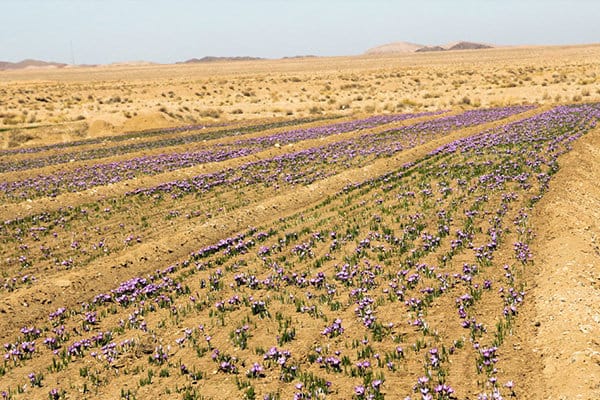
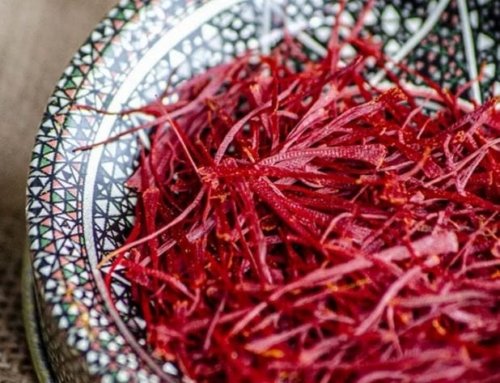
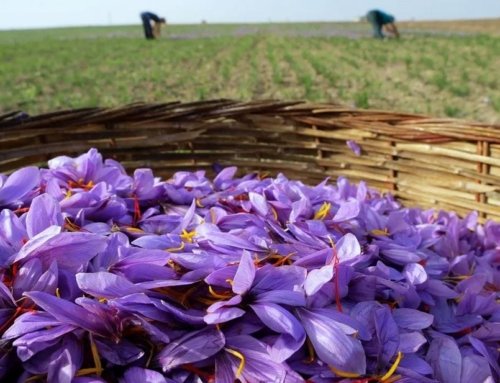
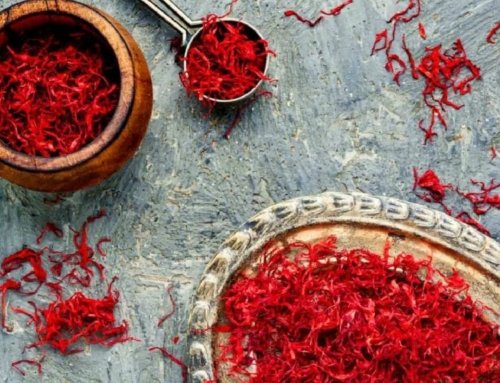
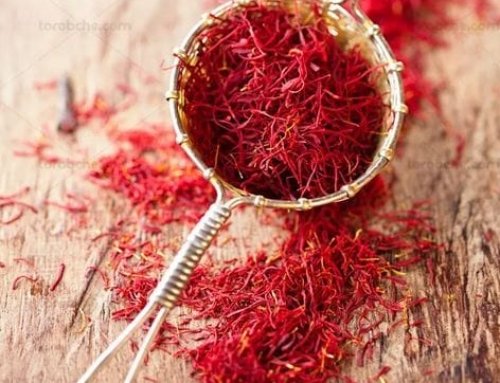

Get Social